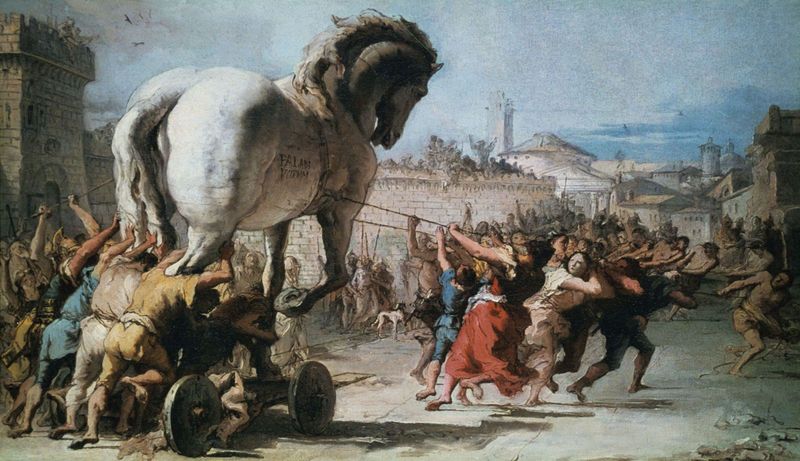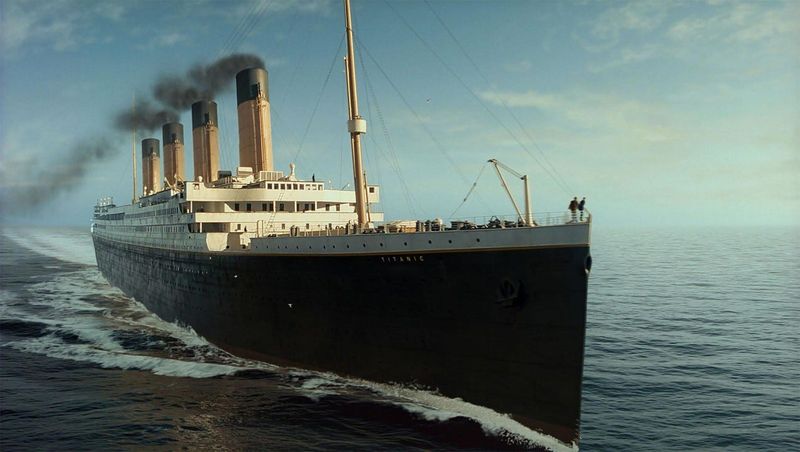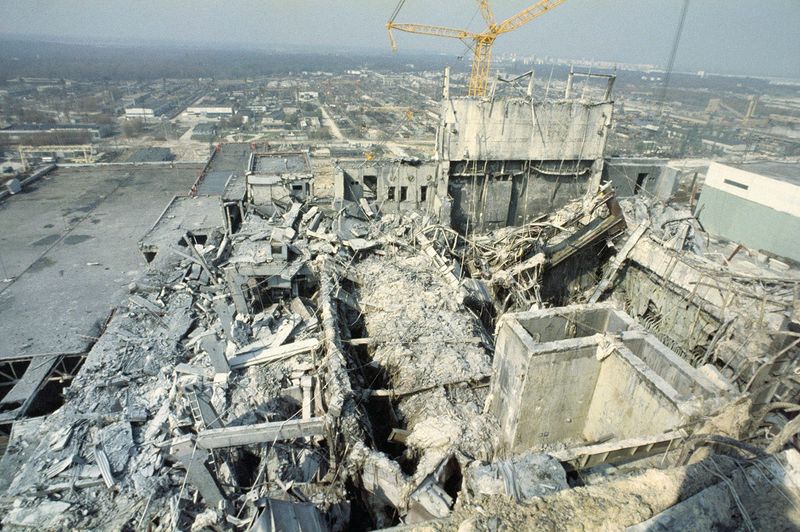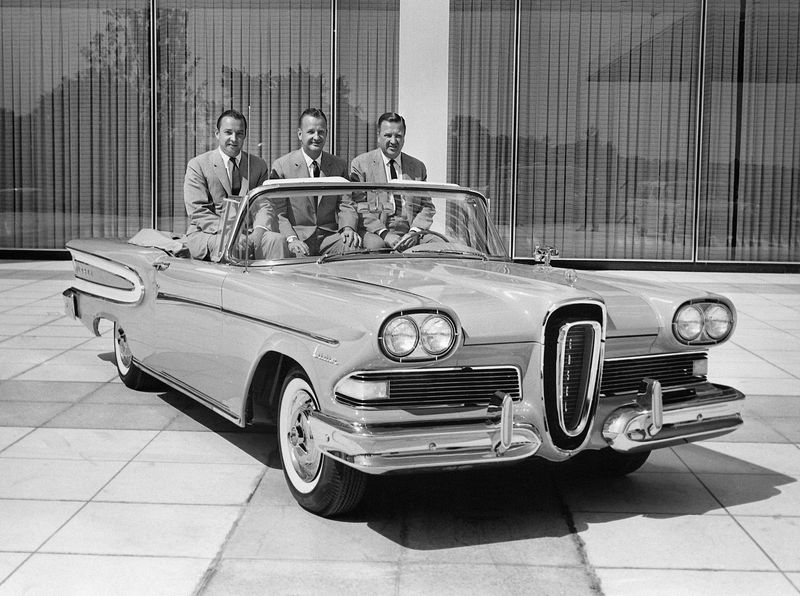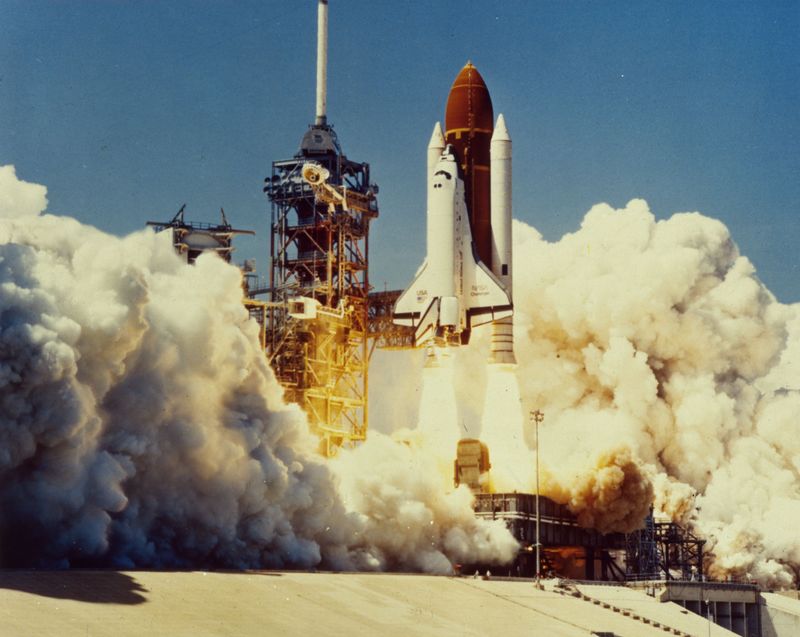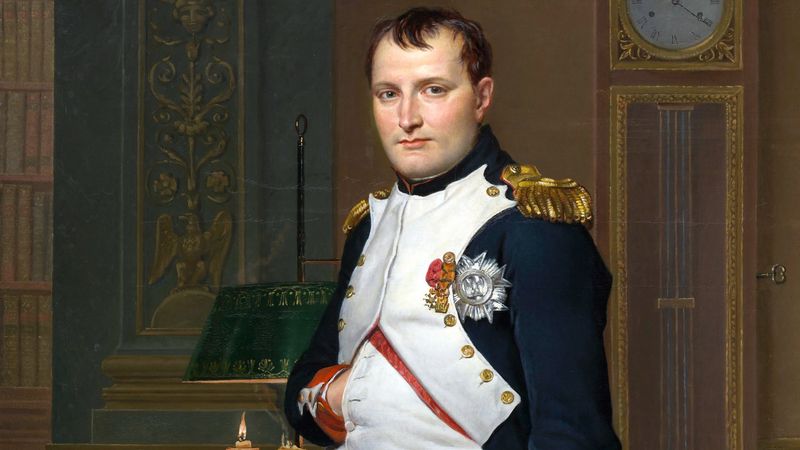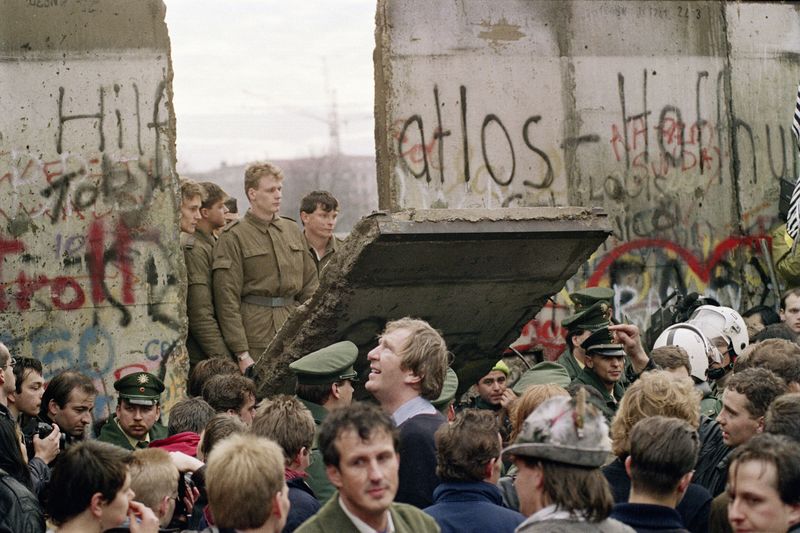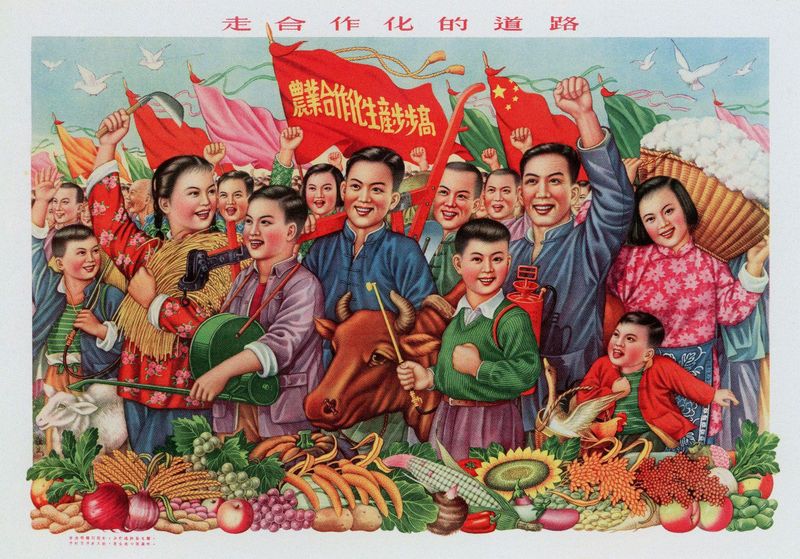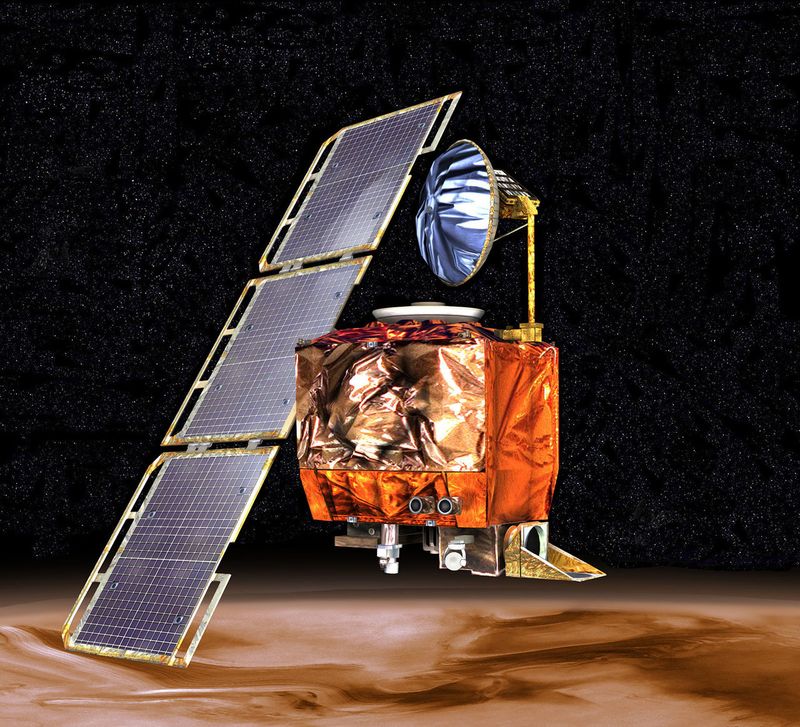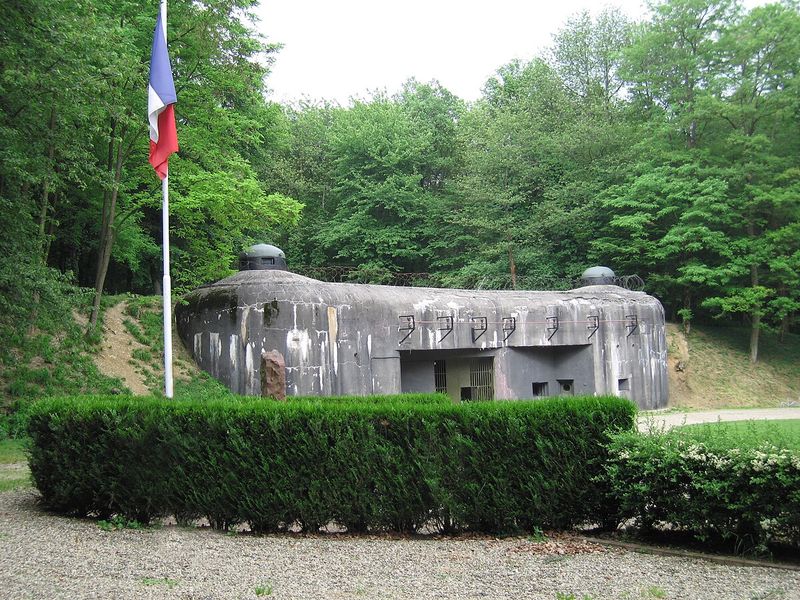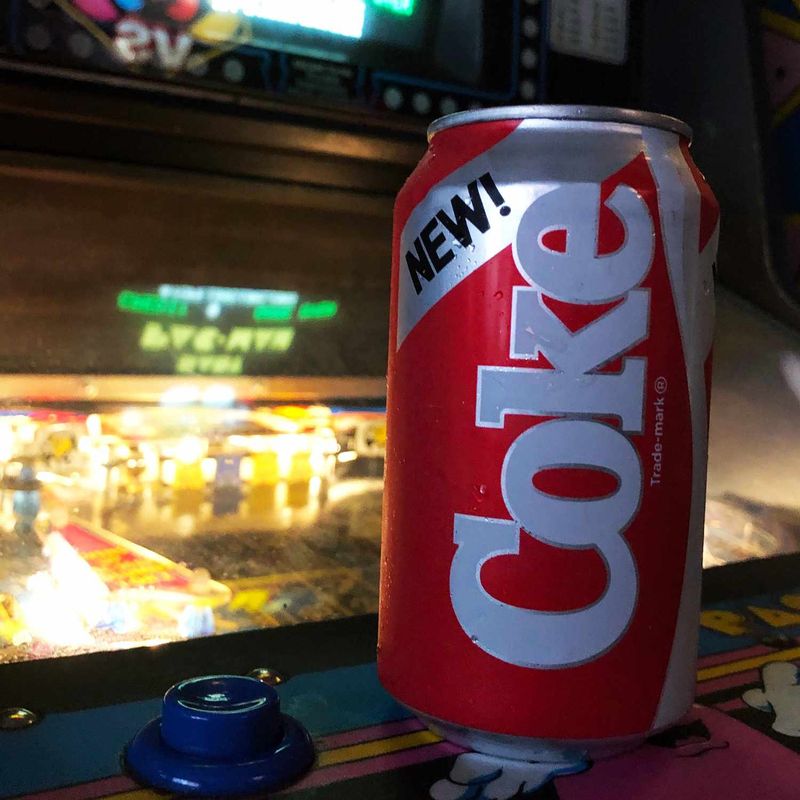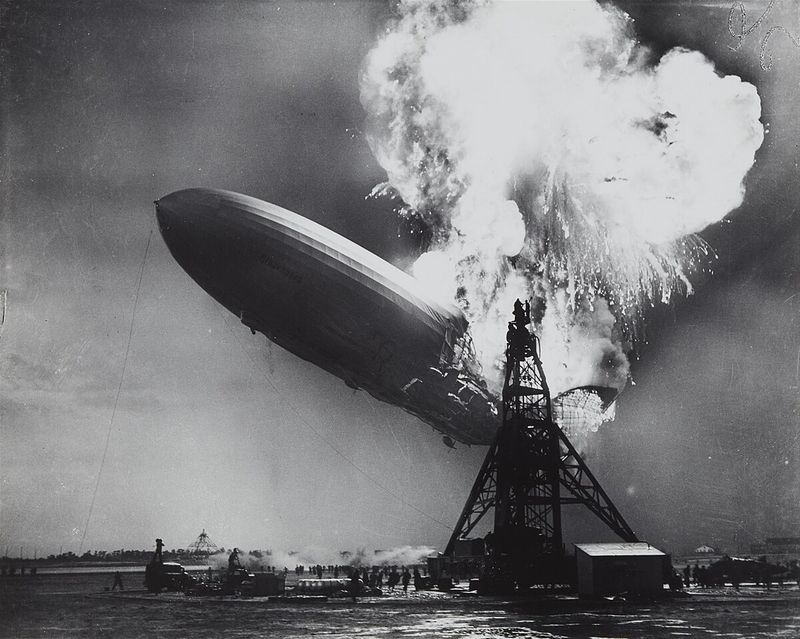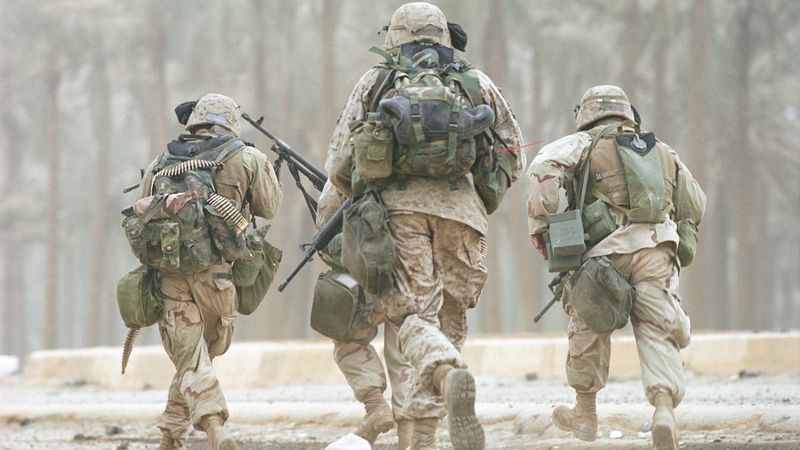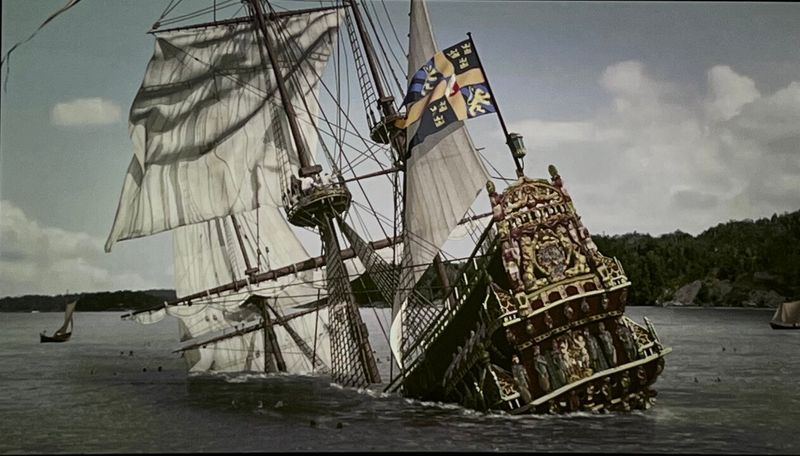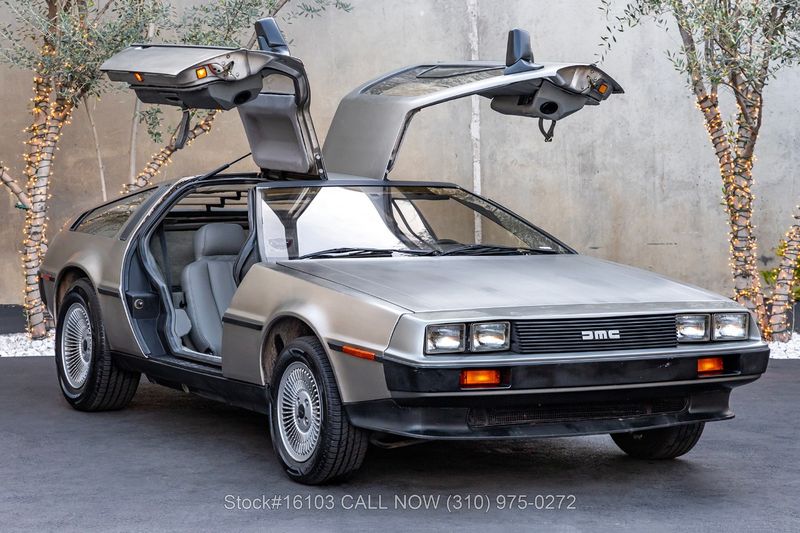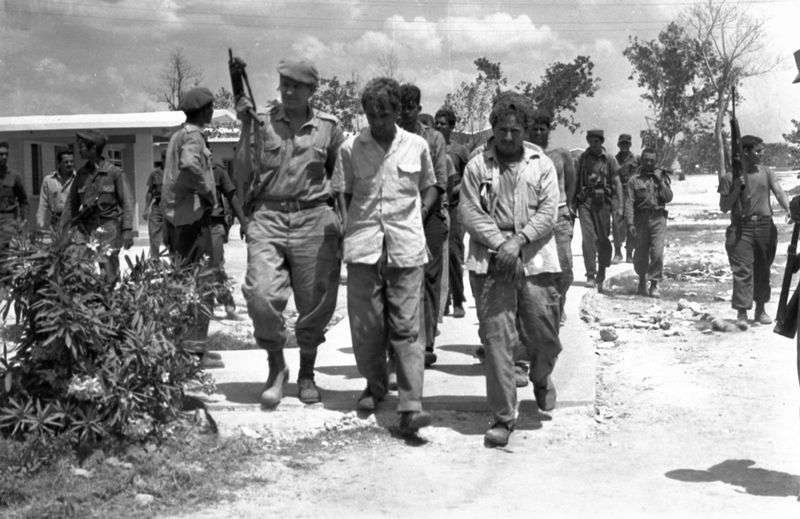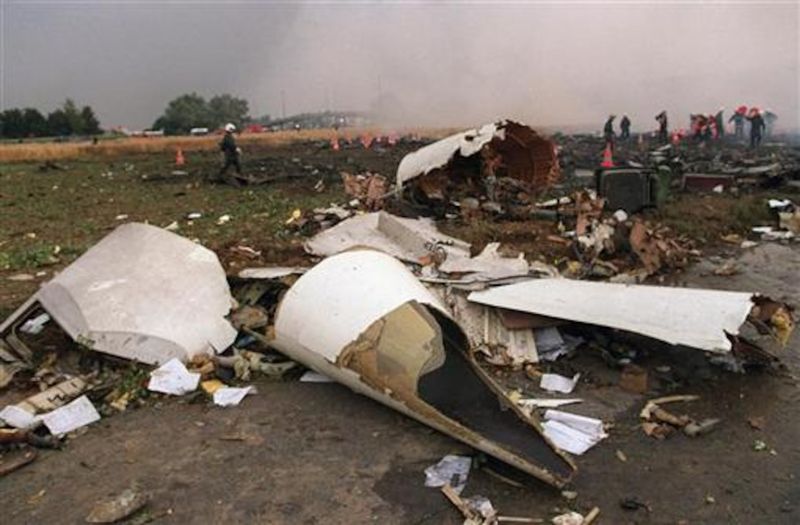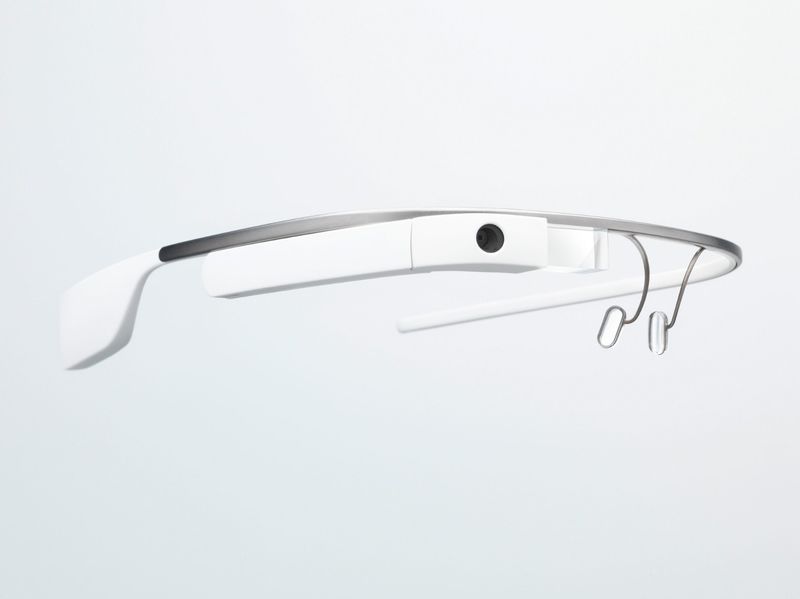Throughout history, significant mistakes have shaped the world in profound ways. From political blunders to failed innovations, each error offers a unique lesson on the complexities of human decision-making.
This blog post explores 20 such mistakes that continue to resonate with us today.
1. The Trojan Horse
The Trojan Horse is one of history’s most famous tales of deception, leading to the fall of Troy. The Greeks presented it as a gift, hiding soldiers inside.
When the Trojans brought it into their city, they unknowingly sealed their fate. This story symbolizes the perils of naivety and misplaced trust.
It’s a reminder to question seemingly generous offers and to remain vigilant in the face of potential threats.
2. The Titanic
The Titanic’s maiden voyage ended tragically in 1912, when it struck an iceberg in the North Atlantic. The ship was touted as unsinkable, leading to complacency in safety measures.
Insufficient lifeboats and ignored iceberg warnings contributed to the disaster.
This event highlights the dangers of overconfidence and the critical importance of preparedness and safety protocols.
3. Chernobyl Disaster
In 1986, a catastrophic explosion at the Chernobyl nuclear power plant in Ukraine released vast amounts of radioactive particles.
The disaster resulted from flawed reactor design and inadequate safety protocols, compounded by human error during a safety test.
Chernobyl serves as a stark reminder of the potential risks associated with nuclear energy and the necessity for stringent safety measures.
4. The Edsel Launch
Ford’s Edsel, launched in 1957, is often cited as one of the biggest failures in automotive history. It was plagued by design flaws and was poorly received by consumers.
The car’s ambitious marketing campaign couldn’t salvage its reputation.
This fiasco underscores the importance of understanding market needs and the risks of overestimating consumer demand.
5. The Challenger Explosion
In 1986, the Challenger space shuttle disintegrated 73 seconds after liftoff, killing all seven crew members. The tragedy was traced to faulty O-ring seals in the rocket boosters.
Despite engineers’ warnings, the launch proceeded in unusually cold conditions.
This disaster emphasizes the necessity of heeding expert warnings and ensuring rigorous safety checks.
6. The Invasion of Russia
Napoleon’s invasion of Russia in 1812 was a monumental military blunder. His army was ill-prepared for Russia’s harsh winter, leading to catastrophic losses.
Supply lines became overextended, and morale plummeted.
This miscalculation highlights the perils of underestimating environmental challenges and the importance of logistical planning in warfare.
7. The Berlin Wall
Erected in 1961, the Berlin Wall symbolized the Cold War divide between East and West Germany. It separated families and fueled political tensions.
Though intended to prevent emigration, it eventually became a symbol of oppression.
Its fall in 1989 signified the triumph of freedom over tyranny, reminding us of the power of unity and resistance.
8. The Great Leap Forward
Mao Zedong’s Great Leap Forward (1958-1962) aimed to rapidly transform China into an industrial powerhouse. However, it led to economic collapse and famine, causing millions of deaths.
Poor planning and forced collectivization failed disastrously.
This policy serves as a cautionary tale about the dangers of political ideology overriding practical considerations and expert advice.
9. The Mars Climate Orbiter
In 1999, NASA’s Mars Climate Orbiter burned up in Mars’ atmosphere due to a metric-imperial conversion error. The spacecraft was lost entirely.
This costly mistake highlighted the critical importance of precise calculations and standardization in scientific endeavors.
It serves as a lesson in the necessity of communication and cross-verification in collaborative projects.
10. The Maginot Line
The Maginot Line, a fortification built by France between WWI and WWII, was meant to deter German invasion.
However, the Germans bypassed it entirely, rendering it useless.
This strategic error illustrates the danger of relying on outdated solutions for new problems and the need for adaptability in defense planning.
11. New Coke
In 1985, Coca-Cola replaced its original formula with New Coke, sparking widespread consumer backlash.
The change was meant to compete with Pepsi but alienated loyal customers.
The subsequent return to the original formula underscores the importance of understanding and valuing customer loyalty and preferences.
12. The Hindenburg Disaster
In 1937, the German airship Hindenburg caught fire while landing in New Jersey, killing 36 people.
The use of highly flammable hydrogen instead of helium led to the disaster.
This tragedy highlights the risks of cutting corners with safety materials and the need for innovation in engineering practices.
13. The Iraq Invasion
The 2003 Iraq invasion, led by the United States, was premised on the presence of weapons of mass destruction, which were never found.
The war led to long-term regional instability and loss of lives.
It serves as a lesson on the importance of accurate intelligence and the profound consequences of military intervention.
14. The Ford Pinto
The Ford Pinto, produced in the 1970s, was marred by a design flaw that made it prone to exploding in rear-end collisions.
Ford decided against immediate design changes, prioritizing cost savings over safety.
This case underscores the ethical responsibility companies have to ensure product safety and transparency in addressing defects.
15. The Sinking of the Vasa
In 1628, the Swedish warship Vasa sank on its maiden voyage due to design flaws.
The ship was top-heavy and not seaworthy, but it set sail under pressure to impress the king.
This event highlights the dangers of succumbing to political pressure and the importance of rigorous testing and evaluation in engineering.
16. The DeLorean DMC-12
The DeLorean DMC-12, despite its futuristic design, failed commercially in the early 1980s.
Plagued by production delays and quality issues, it couldn’t meet market expectations.
This failure serves as a reminder of the importance of aligning innovative design with quality execution and market readiness.
17. The Bay of Pigs Invasion
In 1961, the U.S.-backed Bay of Pigs invasion in Cuba was a failed attempt to overthrow Fidel Castro.
Poor planning and inadequate support led to a humiliating defeat.
This serves as a lesson in the critical need for thorough preparation and the potential repercussions of underestimating the opposition.
18. The Concorde Crash
In 2000, an Air France Concorde crashed shortly after takeoff, killing 113 people.
A piece of debris on the runway caused tire blowout, leading to a catastrophic chain of events.
This tragedy underscores the importance of meticulous safety checks and the impact of seemingly minor oversights in aviation.
19. The Millennium Bug
The Y2K bug was feared to cause global chaos as the year 2000 approached, due to computer systems misinterpreting the date change.
Despite the panic, extensive preventive work mitigated its effects.
Y2K serves as an example of both the potential vulnerabilities in technology and the effectiveness of proactive global cooperation.
20. The Google Glass
Google Glass, launched in 2013, was an ambitious step into wearable tech that faced privacy concerns and limited practicality.
Its high cost and lack of clear applications led to its commercial failure.
This illustrates the need for balancing innovation with consumer readiness and ethical considerations in tech development.

